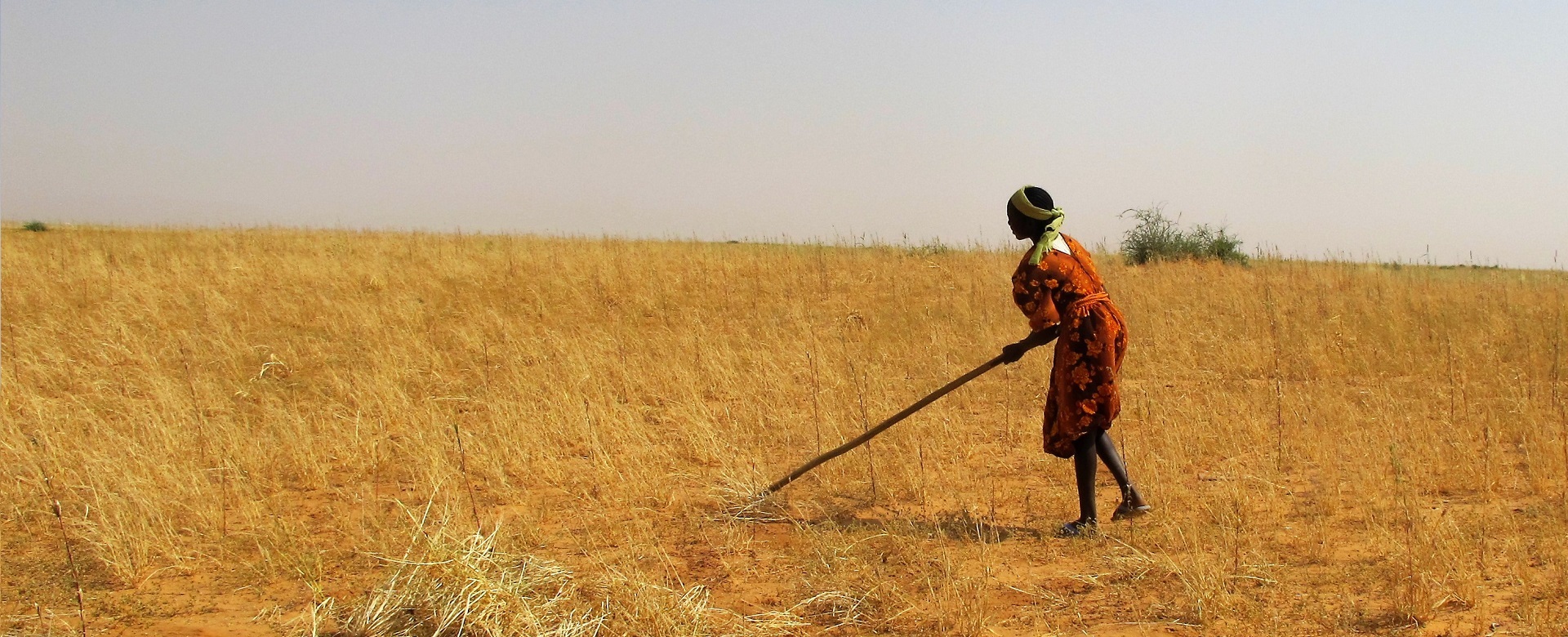
Can You Imagine Living in One of the Most Inhospitable Areas of the World?
Darfur is the size of France or Texas.
It is one of the most isolated and least known regions of the world.
Until 1916 it was a kingdom in its own right. It is landlocked in the centre of Africa and extends from the Sahara desert in the north, to South Sudan in the south. It is tribal, with historic tension between the nomadic tribes of the north, competing for land with settled farmers.
In 2002 the violence erupted causing massive displacement which has led to a region, already marginalised, becoming even more impoverished.
By 2015, violence had escalated to a renewed exodus: destroying villages and further threatening families struggling to survive as subsistence farmers. The concentration of displaced people in vast camps has further depleted the productivity of land already impoverished by years of drought.

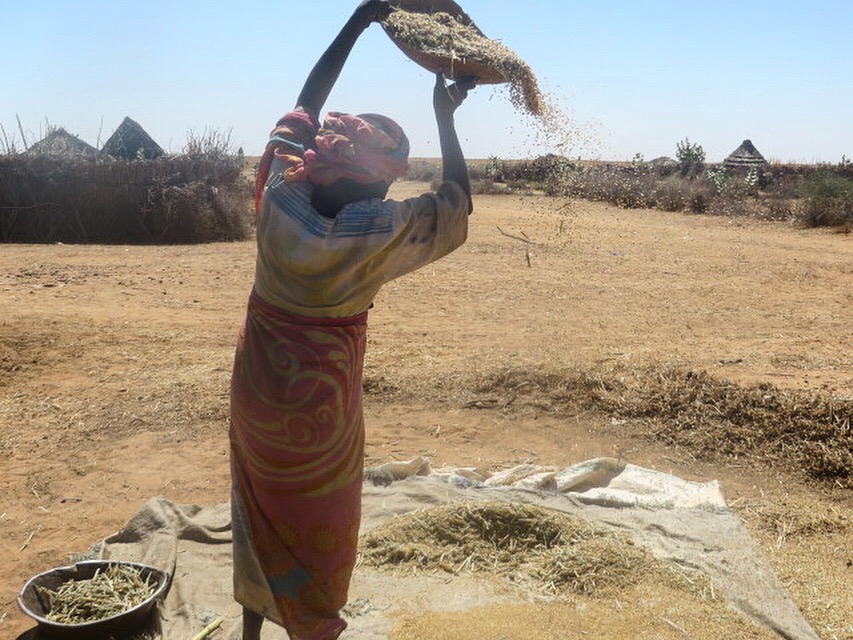
Families are subsistence farmers, relying on what they grow to survive.
Families survive on less than £25 a year.
Life is always a struggle. In normal years children will be sent to school and life, although basic, is bearable.
But 2020, when Covid hit, was not a normal year. Since the creation of South Sudan and the loss of the country’s oil, Sudan has been struggling.
Years of corruption at all levels of society under the 30 year rule of Omer Bashir had undermined the country.
Basic infrastructure, health, education – all were neglected. With sanctions against Sudan there has been no inward investment.
The lack of hard currency meant it was impossible to buy essentials, including oil. An absence of fuel has lead to shortages of everything.
Inflation soared throughout the year, leading to increasing hardship.
In early 2023, inflation reached over 300%. That meant that planning became impossible. How can families budget when they have no idea how to buy anything, even bread? Mothers could no longer afford to feed their children protein in any form. Prolonged malnutrition damages growth, weakens bones and teeth and destroys brain cells.
But sadly there was worse to come….
In April 2023, war broke out in Sudan, between the army and the Rapid Support Force. Families in larger towns and villages were forced to flee their homes to escape the violence. Hospitals are now barely functioning, food is scarce and the daily walk for water becomes more treacherous as children risk their lives for every drop of water.
The United Nations describe the situation as ‘the worst humanitarian crisis in the world today.’
The future is a bleak prospect for a mother who worries every day how she can feed her little ones.
The UN reports of children dying of starvation.
Yet the world seems to stand by and do nothing.
Now, in 2024, more mothers face this horrifying prospect. But you can help us make a difference.
Kids for Kids adopts remote villages in Darfur, where children are living in intolerable poverty. You can see the needs for yourself in this short film, and we have provided further reading below.
Beyond the vast camps across the endless scrub and sand, out of sight, there are countless families struggling to survive in the deserts of Darfur.
Life is indescribably hard, endless toil, from the moment the sun gets up to when night descends. There is no help in the villages for families, who are struggling to feed their children as subsistence farmers, surviving on millet or sorghum, the staple crops, which, if they grow to maturity, also provides the means to build their huts and fences. When the crops fail there is nothing to fall back on. Without animals, unless they have been able to save seed from the previous year’s crops, a family does not stand a chance.
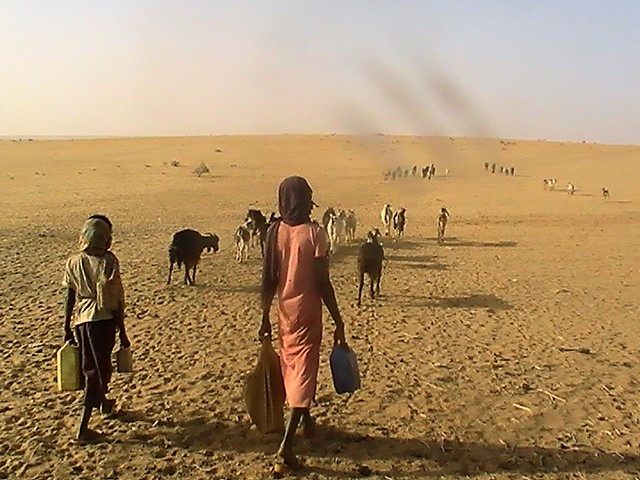
There is virtually no health care in any village, no veterinary care for the livestock on which they rely, and water can be many miles away.
Clean water is a luxury.
Most survive on water from hand dug wells, until they dry up.
If you have crouched beside such a hole, as the water seeps slowly in, every drop to be scooped out, full of sand, you will have an idea of the hardship of life in Darfur.
Then when this water dries up the long walk for water begins.
KIDS FOR KIDS is showing that something can be done to change people’s lives.
Despite the difficulties, we are directly transforming the lives of mothers and children – and whole villages.
Our help is immediate, enabling mothers to make decisions for their families, often for the first time in their lives.
Our key project is a Goat Loan. We lend a family five goats for two years. By teaching them how to rear a little flock of goats they are not only able to feed their children the milk but can sell any excess to provide an income, enabling them to send their children to school, buy medicines and other essentials.
After two years, when their original five goats have multiplied, they pass on five healthy offspring to another family in need.
One Goat Loan helps many families. The Goat Loan Project is run by the villagers themselves. We help them form an Animal Loan Committee, answerable to the whole community, which runs the project and makes sure it works for the benefit of everyone.
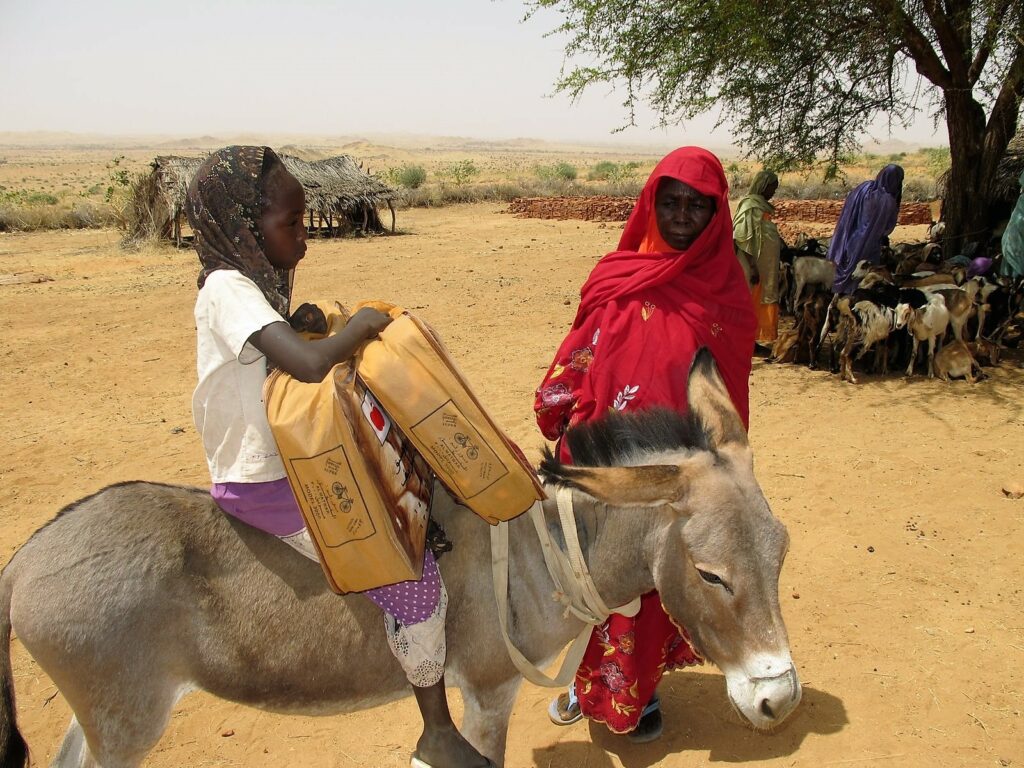
As well as goats we lend families a little donkey – the only form of transport where there are no roads. And the elderly with chickens to provide protein-rich eggs.
We provide a donkey plough, to be shared between three families, and give each mother two large blankets for her children. We also provide farm tools so that they can till the land properly.
Nights are cold in the desert. Many children, weakened from prolonged malnutrition, die from chest infections. Children sleep directly on the sand floor of the small straw huts, where sand flies bite them, spreading germs causing diarrhoea and vomiting – killers of children who are malnourished.
We also provide food trays and covers to keep flies away. Few families own more than two cooking pots and two or three bowls – for approximately six to eight family members.
Malaria is still the biggest killer in Africa. This year floods have devastated many areas – straw huts cannot withstand relentless wind and rain – and the resulting standing water has been the breeding ground of hordes of mosquitoes.
Malaria has risen to almost epidemic levels. Kids for Kids provides two large small mesh mosquito nets for each hut. Villagers tell us that the incidence of malaria falls by two thirds thanks to this prevention.
We provide small mesh nets because these also keep out sandflies which spread diarrhoea and vomiting. Mosquitoes also carry dengue fever and chikungunya – both incurable and both frequently fatal.
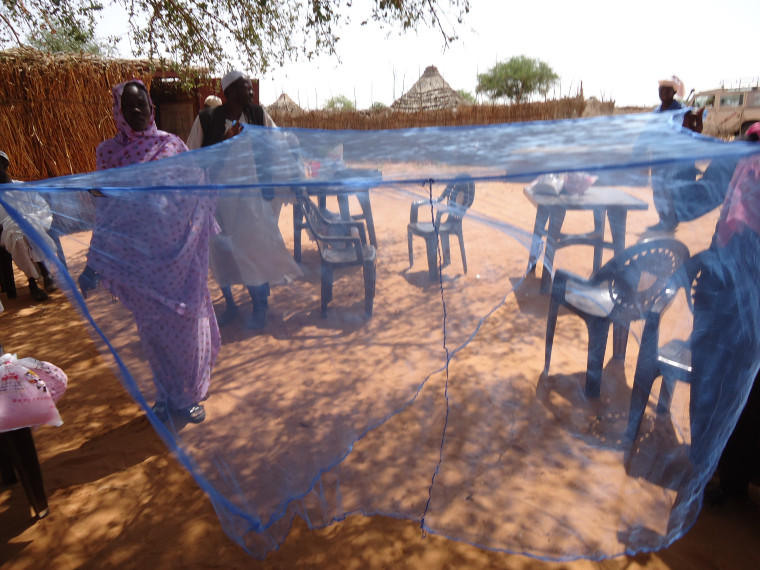
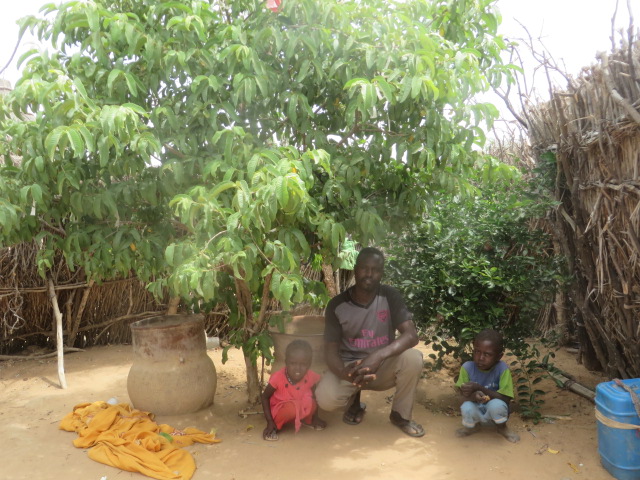
We go on to train first aiders and two midwives in each village to save the lives of mothers and babies, we build Kindergartens to provide children with an education, and we plant trees to slow the process of desertification and provide desperately needed shade from the hot desert sun.
We now plant 15 types of drought-resistant tree, all of which provide fruit, medicines and other by-products which can be used or sold by our families. These trees allow other crops – orka, watermelons, tomatoes – to grow in their shade, richly benefiting children and their families, and the Goats also love eating nutritional undergrowth.
We don’t believe in charity. We believe in helping people to help themselves. That is the aim of our full package of sustainable projects.
We were delighted to be able to return to Darfur in February 2020, the first time in nine years.
The new transitional government welcomed us back and we were able to visit villages we had not seen, except in photographs, for years.
“It was the first time I have been able to inspect any of the buildings we had funded, although I have seen them progress from piles of bricks – made by the villagers themselves – to fully functional Kindergartens, Health Centres and Veterinary Units” said Patricia Parker, Founder of Kids for Kids.
“It was a hugely emotional visit. I had been devastated not to have been given visas to go, although of course I have been in touch with our wonderful team in Darfur every week, and we met elsewhere in Africa for our Programme Meetings each year.”
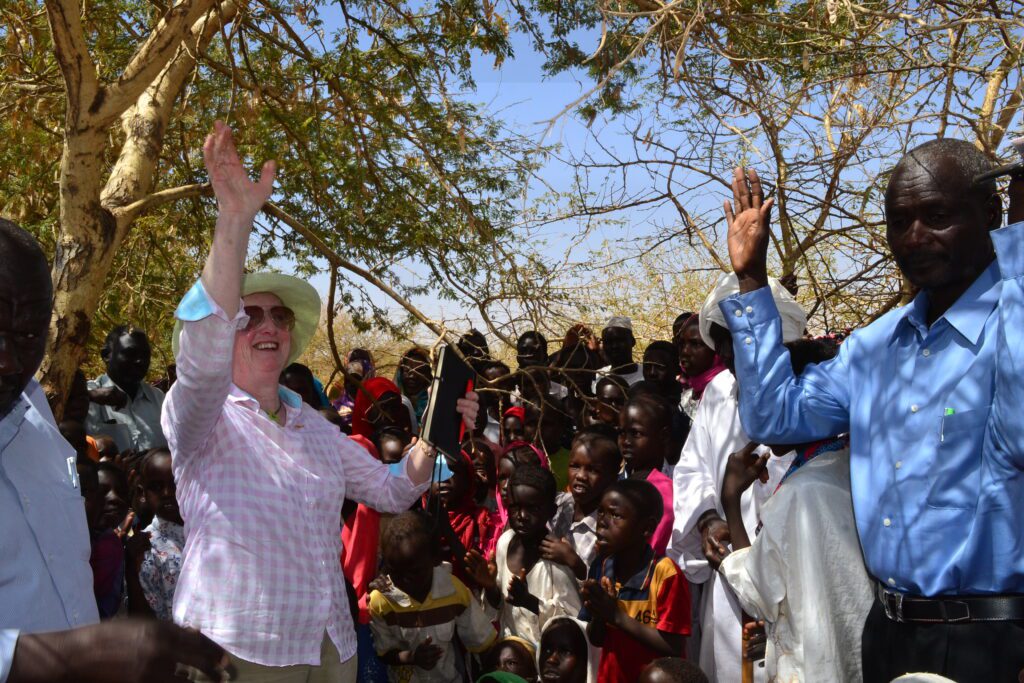

Last month, she was able to buy notebooks and pencils for the first time, for them all. She herself does not read or write, but she has been able to budget, and has also saved enough for a second small hut, and a surrounding fence. Lawabid became a Kids for Kids village in 2006. Now four generations of beneficiaries are benefiting from just one goat loan project!
Fatima is a Kids for Kids beneficiary, receiving six goats as part of a loans scheme run by villagers who have been trained to form an Animal Loans Committee. There is veterinary care from the Kids for Kids paravet and Fatima now has a flock of 26 breeding goats, and has passed on six of their offspring to another family.
That family too has now reared a little flock, and passed on six goats to another family. An unexpected advantage Fatima says, is that before 2006 she often had to be away from her children to try to find work, or to scavenge for firewood to sell. Now she is at home with her family, because she has an income from her animals.
She says “Thank you Kids for Kids for the valuable assistance provided to the poor people and I hope for the expansion of the assistance to include more poor people so they can educate their children”.
She passed on 6 offspring in 2008, and in 2010 6 were passed by that family to another family in need ….. and so it goes on.
In October 2020 she told us that two of her children are now at University in El Fasher!
Where families like Fatima’s live there are no roads, no electricity, and little access to health care or education. When the rains fail, so does this fragile economy, forcing children to walk miles for water.
KIDS FOR KIDS is working with the community to prevent this. Our aims are to support projects which are long lasting, self sustaining and community led.
Houses (tukuls) are small round huts built of straw – the stalks of millet or sorghum. Trees are cut down to provide the upright supports. Often whole families live in just one small tukul. Journalists describe them as made of “wood and sticks” but it is the food crop which provides the building materials, straw. Millet is the usual staple diet which grows to 6 ft in good years, but can fail completely when the rains fail. The huts have a straw fence around them to provide some protection from the winds that race across the desert. When a haboob blows you cannot see in front of you. It is like walking into a solid wall of sand. Many people get lost in haboobs, becoming disoriented, and die. When the crops fail you have no way to mend your hut. Many are at risk of collapse.
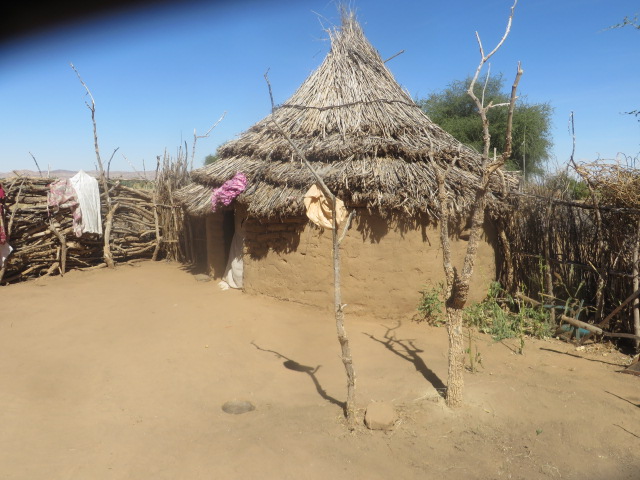
A village is a small group of tukuls with even smaller groups of tukuls creating satellite villages, often several miles from the main centre. The land they work can cover large distances because it is so arid, stony and hard to cultivate. Communities are between two to five thousand people in all. Many are much smaller. A family, often with six children (the mortality rate is high), live in each little tukul. Statistics show that there are more children under the age of ten, than over ten. Since the violence erupted in 2003 countless children’s birth has not been registered, so there is no record of their deaths. “I asked Fatima, the “richest woman” in Um Shireiga, what her family of 8 owned.” said Patricia Parker MBE Founder of Kids for Kids. ” The list was pitiful, just 2 beds, 4 blankets, 3 cups, 5 dishes, 1 knife, 3 spoons, 1 tea pot, 2 metal cooking pots, 1 small water pot, 1 mat, 2 jerry cans. And Fatima is fortunate. Families are being forced to sell even these few items when food runs out.”
Kids for Kids’ villages grow because people know that there are midwives, paravets and first aid workers. Some now have kindergartens so that children can start school early. Our health units are visited by people from miles around. There are now 110 Kids for Kids’ villages – home to over 550,000 people.
Countless families are so poor they have no bedding, no mat on the sand floor. The children have no shoes to wear and small children’s dresses have long since lost their colour. It is cold in the desert at night, and in January, can be very cold indeed. On the coldest nights fires are lit inside the huts – using hard to find firewood – the smoke causing coughing and chest infections.
When the sun goes down the goats are brought back to the village to take shelter. There is no light in the villages so that children have told us their problem with homework is that they cannot see to do it. We are now providing 2 SOLAR LANTERNS for each village – one for the children and one for literacy classes for the women. This also used for emergency deliveries at night by our VILLAGE MIDWIVES.
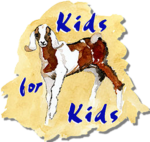
Registered Charity No: 1100045. A Company limited by Guarantee Registered in England & Wales No: 04607292. Recognised by the Humanitarian Aid Commission in The Sudan as a Charitable Foundation.
Copyright Kids For Kids © 1990 – 2021 US Friends of Kids for Kids Registered with Global Giving 501(c)3 Supported by HolmPC Ltd.